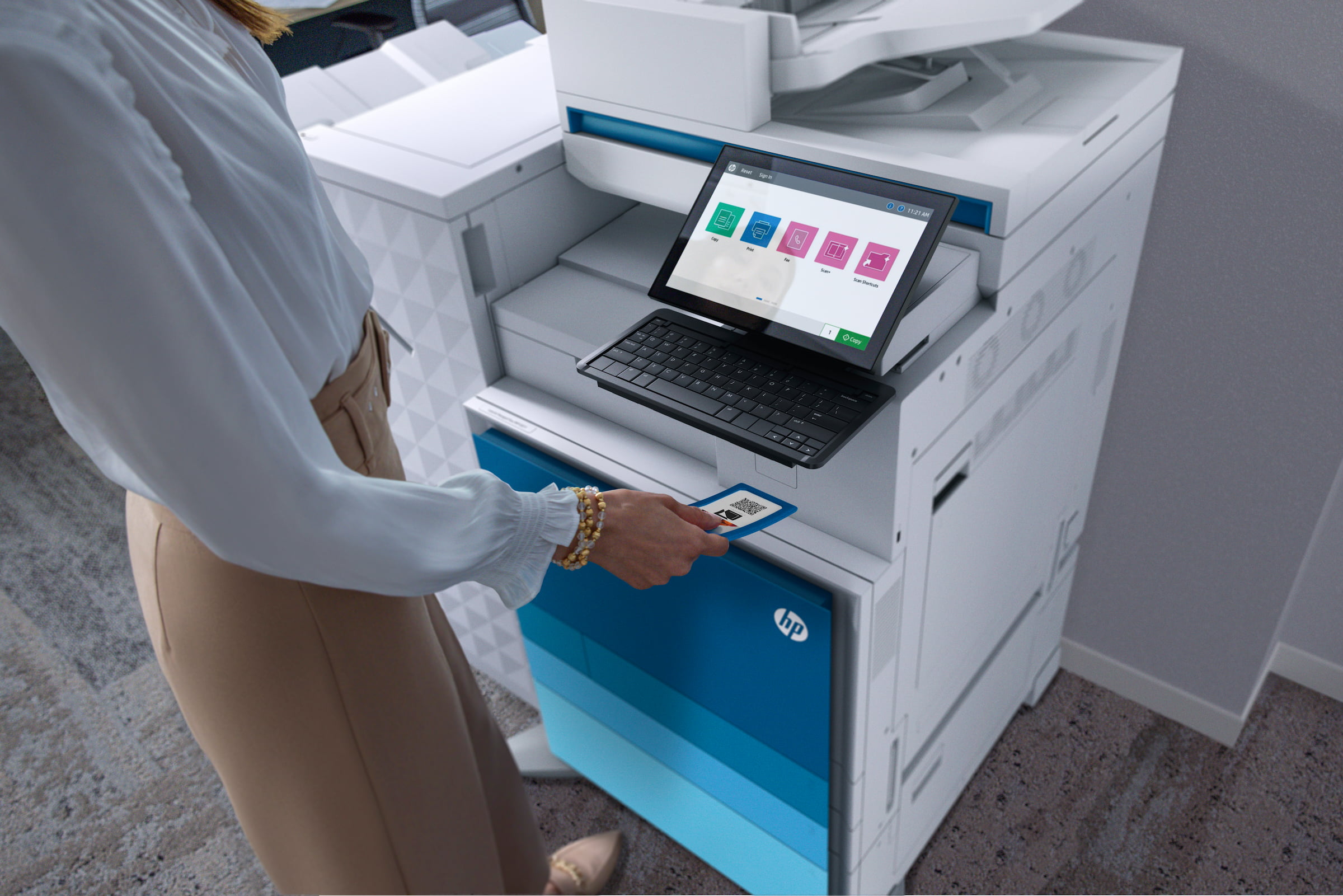The Benefits
Faster access to documents has saved clinician time and enabled resource reallocation
Administrative workload decreased as records became instantly accessible.
Previously time-consuming processes, like searching through paper files, are now streamlined, freeing staff for direct patient-facing activities. This has led to a reduced administrative workload, improved access to vital information and enhanced clinical safety, which in turn has improved patient satisfaction.
Redeploying workers has allowed trust to clear backlog of referrals
The efficiencies the Trust has achieved from digitisation enabled it to redeploy medical records staff to the Patient Access Centre, through which patients referred into the hospital are processed.
As a result, the Trust has fully cleared its backlog of 5,000 patients for the first time since the Covid-19 pandemic. It is now registering new patients on arrival to the hospital, something it has not achieved over the past five years.
More efficient use of space has transformed the clinician and patient experience
Digitisation freed considerable onsite spaces across the trust that were previously occupied by physical records and therefore could not be used to benefit either clinicians or patients.
These areas are being repurposed into communal spaces to give staff space to take a well-deserved break and relax with colleagues, improving welfare and reducing clinician burnout.
Digitisation has provided support for broader digital transformation
Insights from scanned document volumes are now informing future digital initiatives and priorities, like digitising nursing workflows and intensive care unit records, supporting the Trust’s strategic digital roadmap.
Digitisation has enhanced sustainability and reduced compliance risk
Digitisation reduced reliance on paper, directly supporting NHS sustainability goals outlined in the NHS Green Plan. Additionally, it eliminated compliance risks associated with unsafe physical storage.
















































